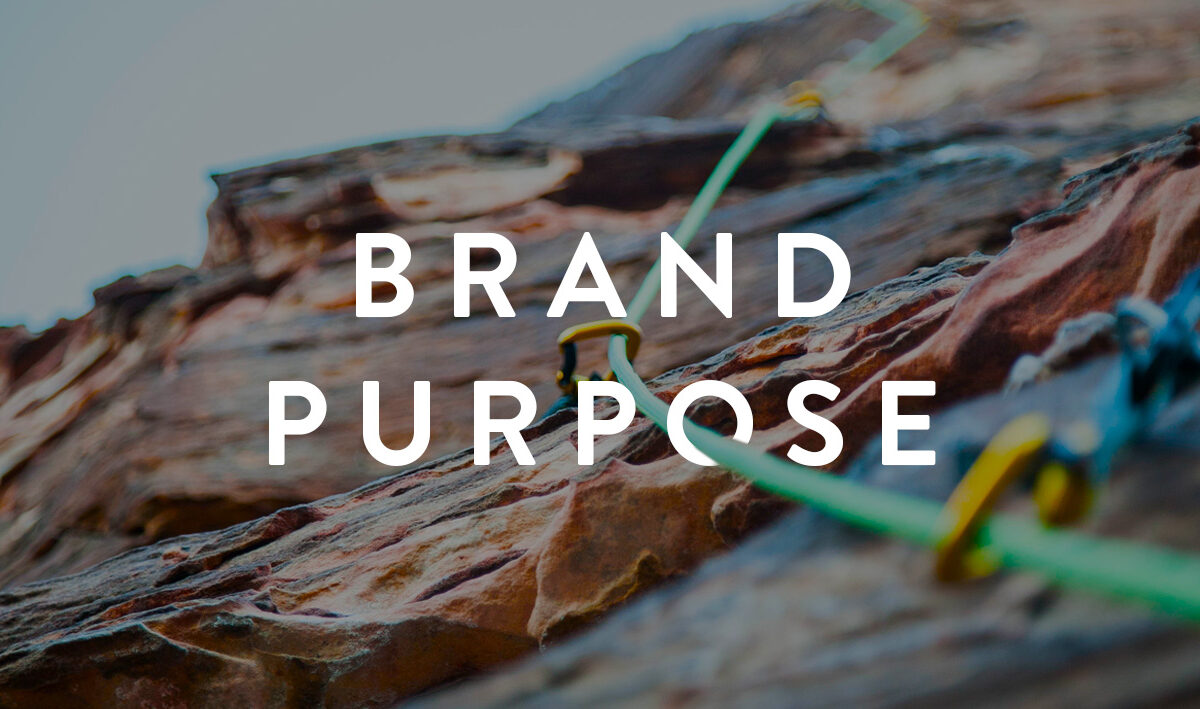I’ve seen brands take on a social purpose in two ways. One is to go back to the founding of the brand and understand its reason for existing. Brands often forget their original purpose in the chase for growth. Marketers focus on functionality and new features. But that does not mean the original purpose is irrelevant.
Lifebuoy antibacterial soap began as a soap specially formulated to fight cholera in nineteenth-century Britain. It was therefore an easy extension to embrace a twenty- first-century mission of fighting disease in developing countries through better handwashing.
The same principle applies well beyond obvious products for public health – including makeup. Ukonwa Ojo, former Chief Marketing Officer for Coty, recommends “going to the archives of the brand. Most of the time you will find a compelling reason why the founders did what they did, and even though years have gone by, that reason is still powerful.” CoverGirl, one of Coty’s main brands, was launched in 1961 to make the cosmetics used in fashion magazines available to ordinary women and girls, so they didn’t feel marginalized. CoverGirl still has the same mission, just defined in different ways. It was the first line of cosmetics to have a brand ambassador with a hijab, so girls with this covering do not feel alienated from the beauty conversation.
Social Purpose At The Corporate Level
Some brands have pursued a social mission for decades, without talking explicitly about purpose and before the term became fashionable. Unilever’s Indian subsidiary is perhaps an extreme case, and one focused on the corporate rather than a product brand, but it’s still illustrative. Nitin Paranjpe, now Unilever’s Chief Operating Officer, has spent most of his 31-year career at Hindustan Unilever Limited. In the 1990s, he says, no one spoke of brands with purpose:
The leaders of the company used to say, “If it is right for India, it will be right for us.” Because we saw ourselves as being in that country for a hundred years, and the only way you will succeed is by integrating your-self with the needs of the society. My proudest example of purpose was the Shakti program to build a distribution network into remote villages. The idea was simple, how can you develop people’s skills while expanding our reach? We taught women how to sell products and to do so in small places where conventional distribution was too costly. We were working at the intersection of what is good for business and what is good for society.
The other approach is to discover a major social problem related to the product, regardless of why the brand started in the first place. That connection is essential – a mission disconnected from the product will not work, because it will not be authentic, and because it will not support the brand’s business model.
Unilever’s Dove brand began in 1957 as a soap to combat dry skin with special moisturizing agents. When moisturizing became a commonplace offering, Dove’s marketers looked around for a new problem to address. Starting around 2000, they embraced the mission of overcoming notions of perfect beauty that caused women to think less of their own bodies. A poor body image can drive a range of social problems, from low productivity and stunted careers to depression and suicide. Dove developed a series of provocative advertisements, some critical of its own industry, while becoming the largest provider of self-esteem education to girls around the world.
Social Purpose Strategies Must Be Evidence Based
Taking on a social purpose can be invigorating, but marketers have to be careful not to jump onto an issue, exploit it for brand benefit, and move on to the next opportunity, especially when the public sector criticizes their efforts. To be credible and authentic, they must first invest some time and effort in learning. Then they must build some substance behind their efforts. Only then should they start communicating about those efforts.
That includes welcoming accountability. Real brands with authentic purpose must accept – and even seek out – external validation by independent reviewers. People who really believe in their mission will care about true impact. They’ll want to be transparent in their journey of learning, disseminating what they’ve found, creating allies and taking consumers along.
Brands also need to do something of a hygiene check. They will not get far if the brand, or even the parent company, offers products or messaging that seem to many consumers to threaten long-term health and welfare. Products from tobacco and armaments to infant formula may clash with the mission. Companies ultimately depend on a social license to operate and maintain their legitimacy to do business.
Otherwise, as Ukonwa Ojo says, consumers will see through the purpose: Where there’s a disconnect between what the brand is pushing, and what the brand actually stands for, you see a lot of missteps. People scratch the surface and find nothing there, other than the fact that marketers wanted to create a communication.
Contributed to Branding Strategy Insider by: Myriam Sidibe with the permission of Routledge. Excerpted and adapted from Brands on a Mission, How to Achieve Social Impact and Business Growth Through Purpose.
The Blake Project can help you define and develop your brand purpose.
Branding Strategy Insider is a service of The Blake Project: A strategic brand consultancy specializing in Brand Research, Brand Strategy, Brand Licensing and Brand Education




